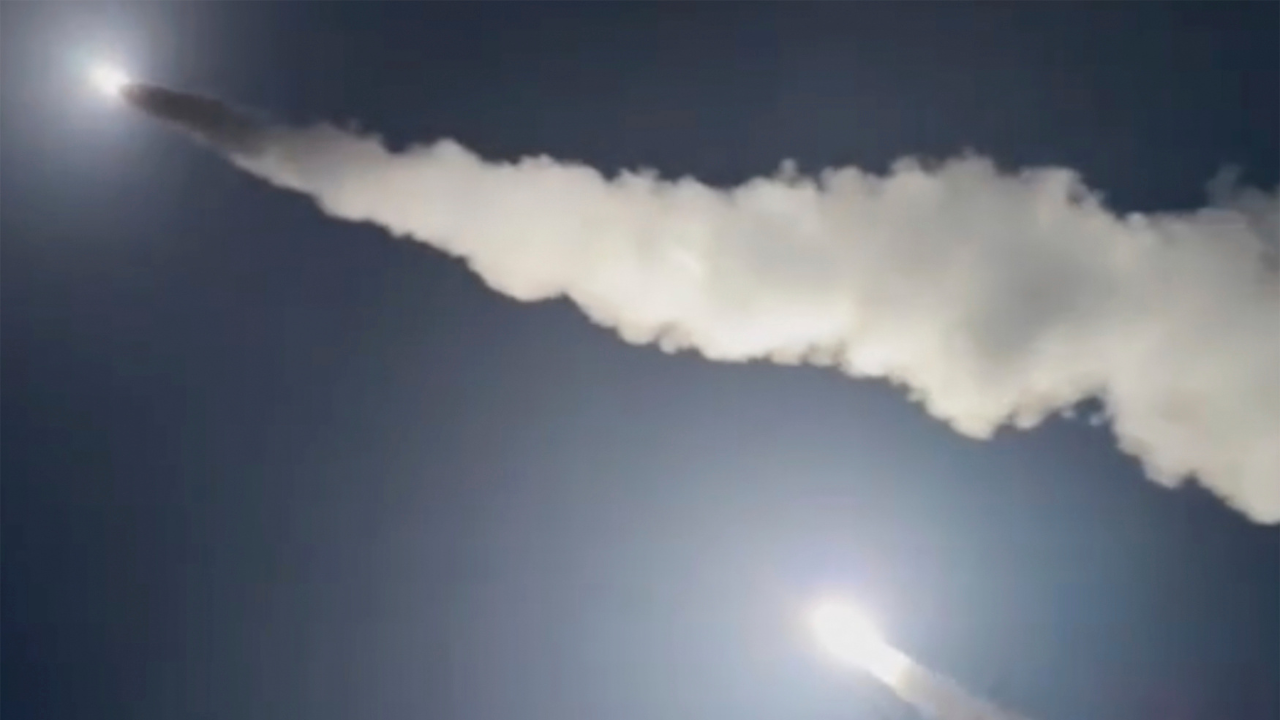 |
|
The recent events surrounding the reported missile strike in Ukraine have sparked significant international attention and raised concerns about the potential escalation of the ongoing conflict. Initial reports from Kyiv claimed that Russia had launched a nuclear-capable intercontinental ballistic missile (ICBM) at Ukraine. However, a US official swiftly contradicted this assertion, stating that the missile deployed was, in fact, an intermediate-range ballistic missile (IRBM). This clarification, based on preliminary analysis, significantly alters the perceived threat level and the potential implications of the attack. The discrepancy between the initial Ukrainian claim and the subsequent US assessment underscores the challenges in rapidly verifying information during times of active conflict. The speed and fluidity of information dissemination in the digital age often leads to conflicting reports and necessitates a cautious approach to verifying the authenticity of claims.
The distinction between an ICBM and an IRBM is crucial in understanding the strategic implications of the Russian missile strike. ICBMs, as their name suggests, are designed to travel intercontinental distances, typically exceeding 5,500 kilometers. Their primary purpose is to deliver nuclear warheads across vast geographical distances, posing an existential threat to targeted nations. In contrast, IRBMs have a significantly shorter range, usually between 3,000 and 5,500 kilometers. While they can still inflict considerable damage, their range limits their strategic impact compared to ICBMs. The fact that Russia deployed an IRBM, according to the US assessment, suggests a more limited and potentially tactical objective rather than a full-scale strategic escalation using nuclear-capable weaponry.
The use of an 'experimental' medium-range ballistic missile, as reported by another US official, further complicates the situation. This suggests that Russia might be testing new weapon systems in the context of the ongoing conflict, potentially gauging their effectiveness and assessing the reactions of both Ukraine and its Western allies. The potential for intimidation is evident; by employing a relatively new and less widely understood weapon, Russia might aim to disrupt Ukraine's defenses and instill uncertainty amongst its supporters. This strategy, while potentially effective in the short-term, carries risks of further escalation if met with a strong response from the international community.
The incident is intricately linked to the broader context of the war in Ukraine, and particularly the recent Ukrainian use of long-range missiles provided by Western allies. The deployment of US-supplied ATACMS missiles into Russia for the first time, authorized by President Biden, represents a significant escalation by Ukraine. This move dramatically expands the battlefield, potentially increasing the risk of direct conflict between Russia and NATO forces. The subsequent use of UK-made missiles by Ukraine further underscores the growing reliance on long-range precision strike capabilities by Kyiv. President Putin's declaration that these actions mark a 'new phase of the Western war' highlights the perceived threat and underscores the potential for further escalation.
The ongoing conflict between Russia and Ukraine is a complex and multifaceted crisis with global implications. The use of missiles, regardless of their range or capabilities, carries significant risks of further escalation and the potential for unintended consequences. The international community continues to monitor the situation closely, seeking to prevent further violence and promote a peaceful resolution. The role of diplomacy and international cooperation in de-escalating the crisis remains paramount. A comprehensive understanding of the dynamics at play, including the strategic objectives of all parties involved, is essential to navigate the challenges and promote a pathway towards lasting peace.
Source: Russia Did Not Fire Nuclear-Capable ICBM Missile At Ukraine, Used THIS Weapon: Official
